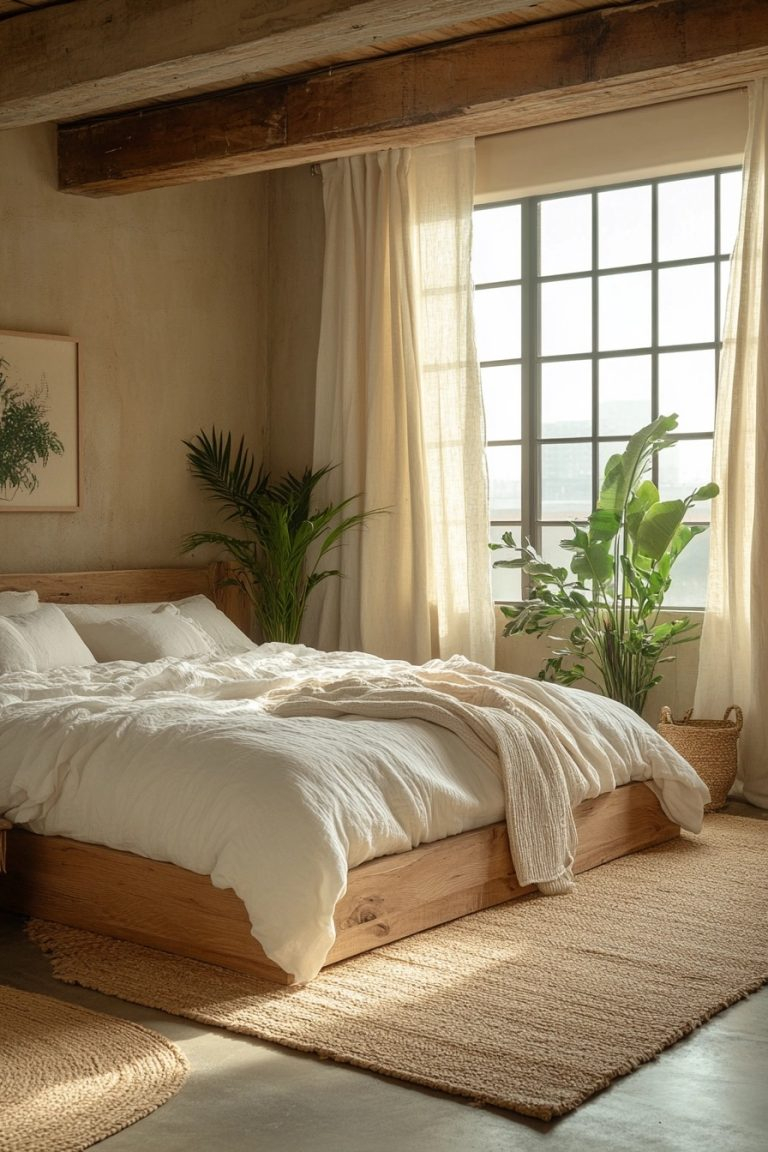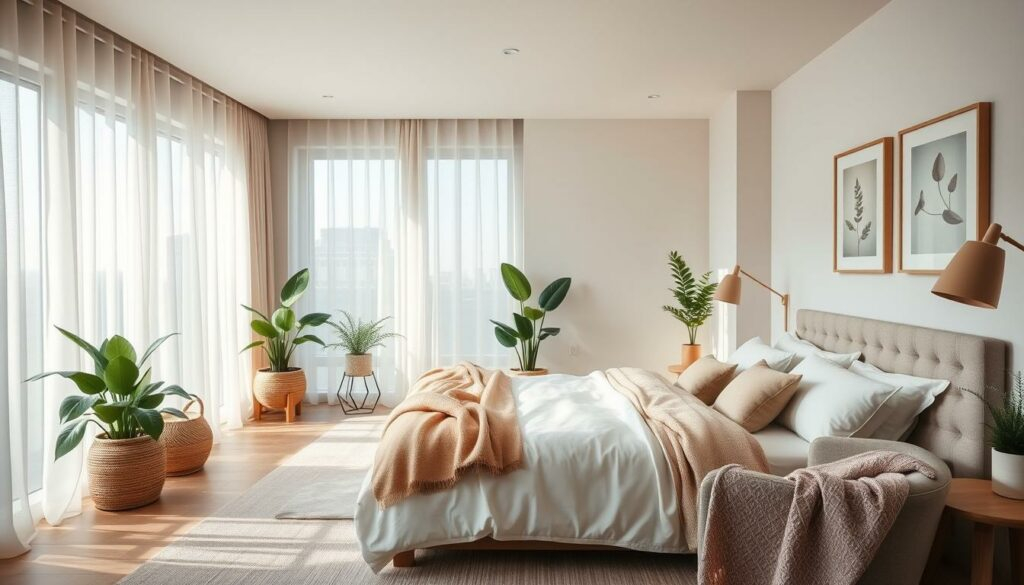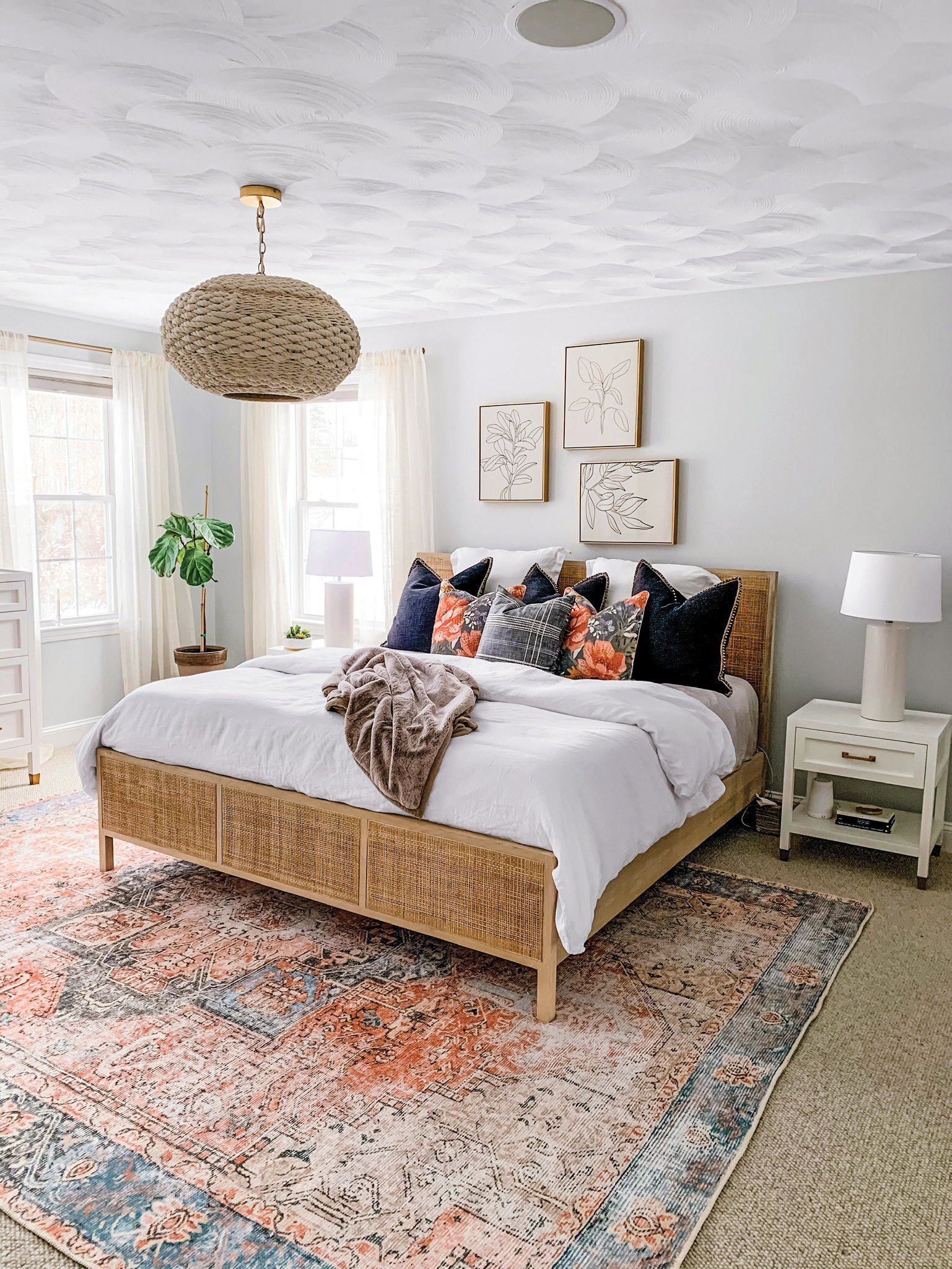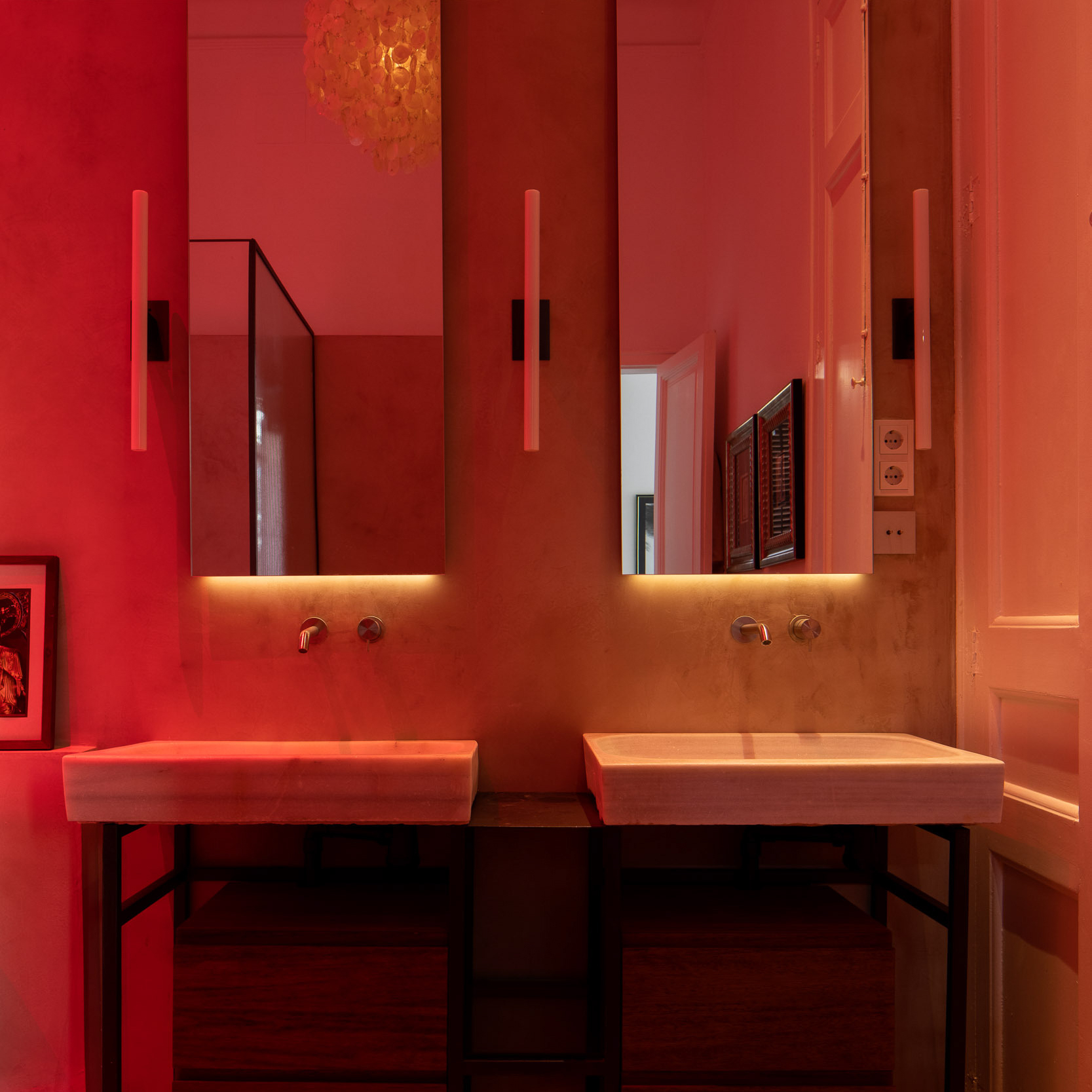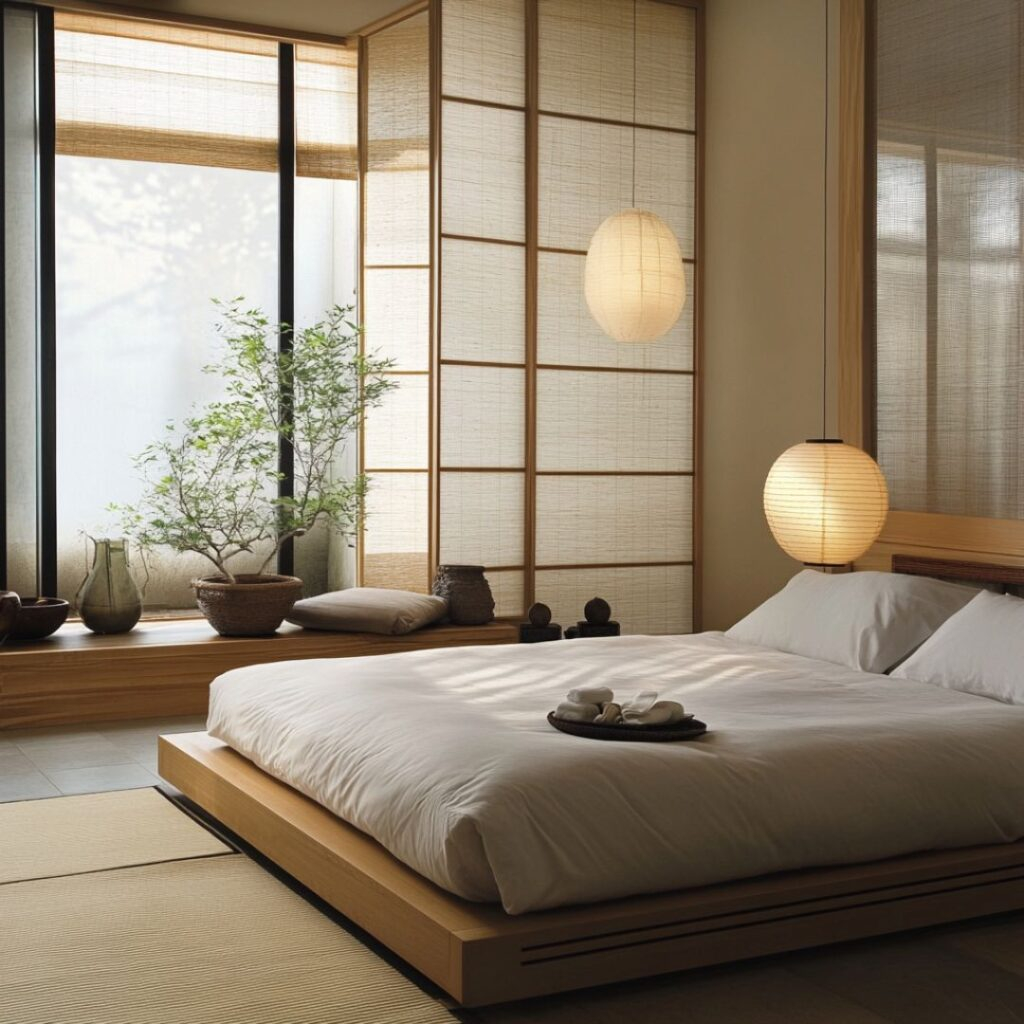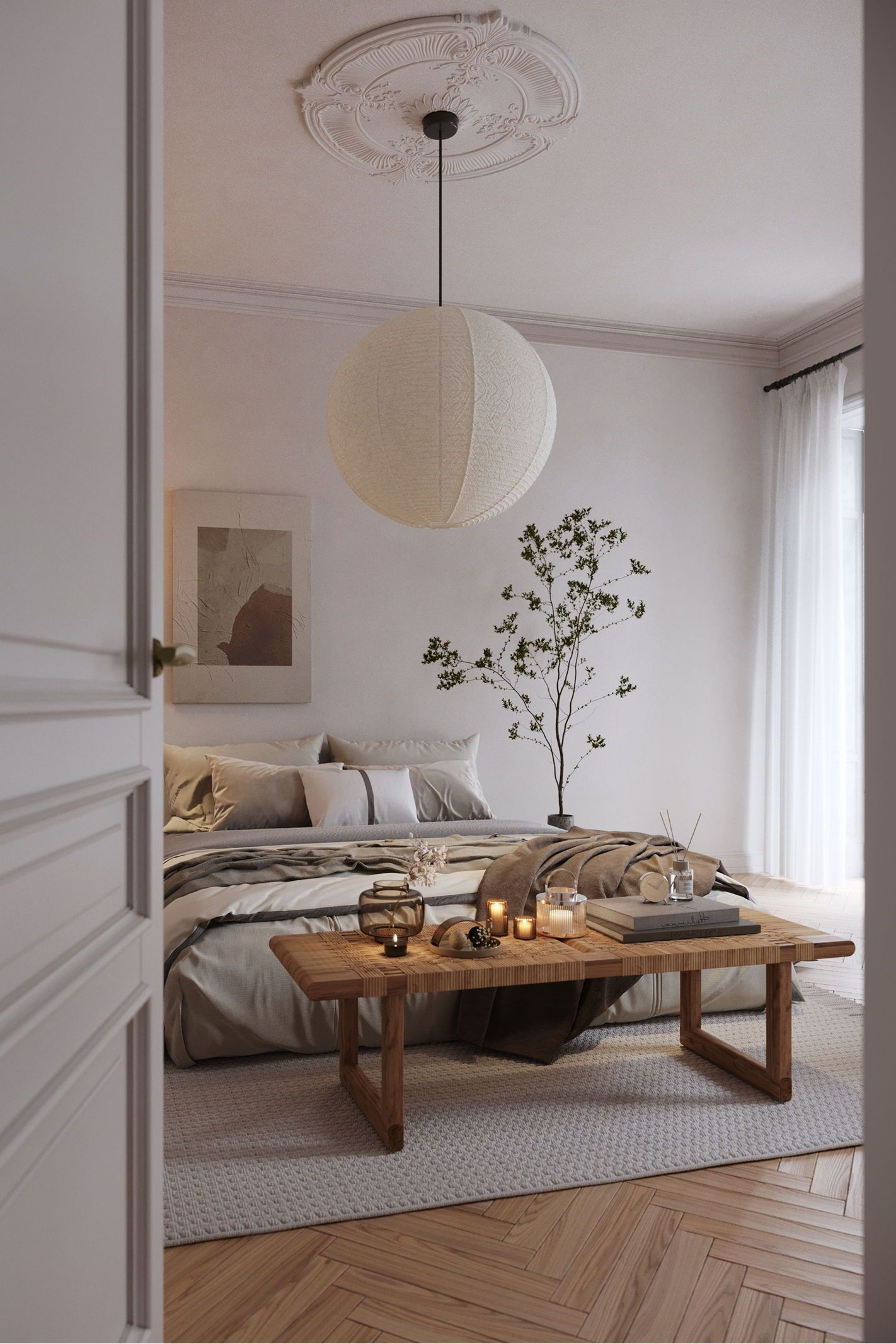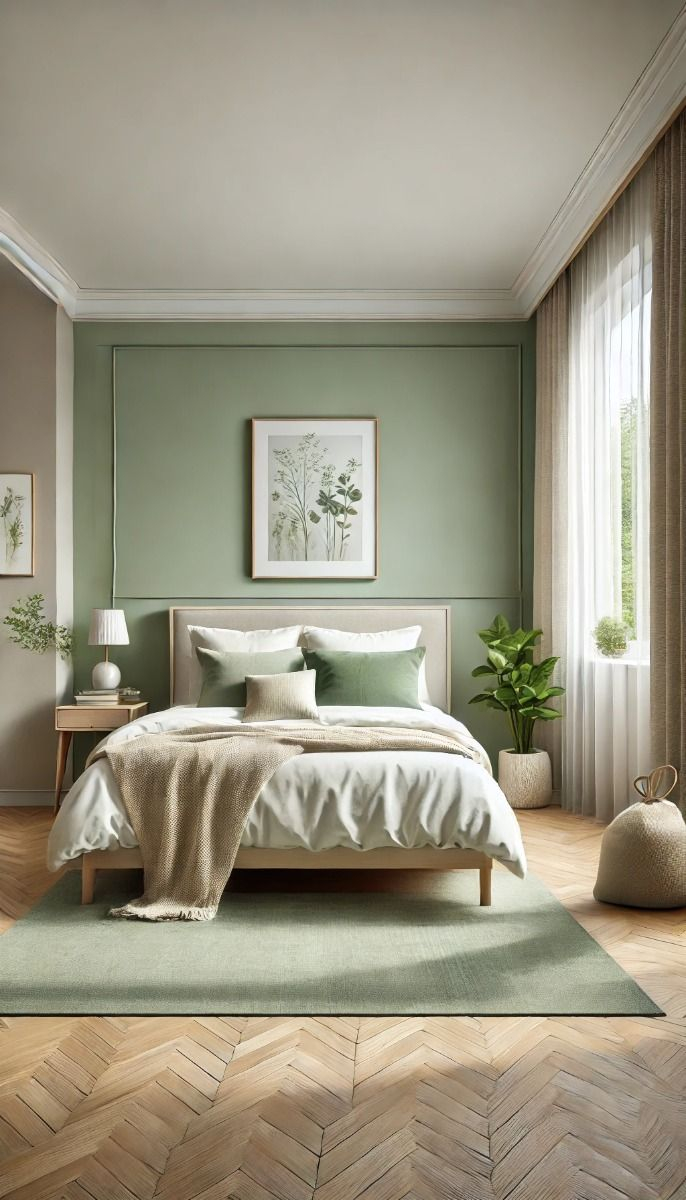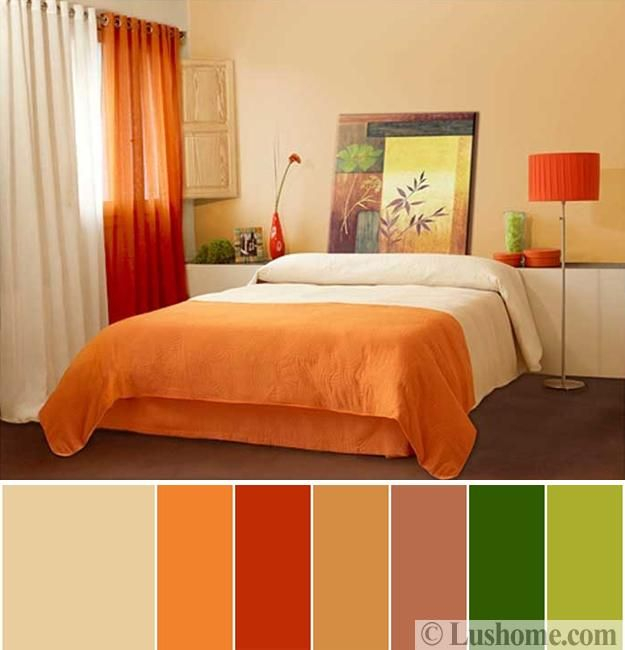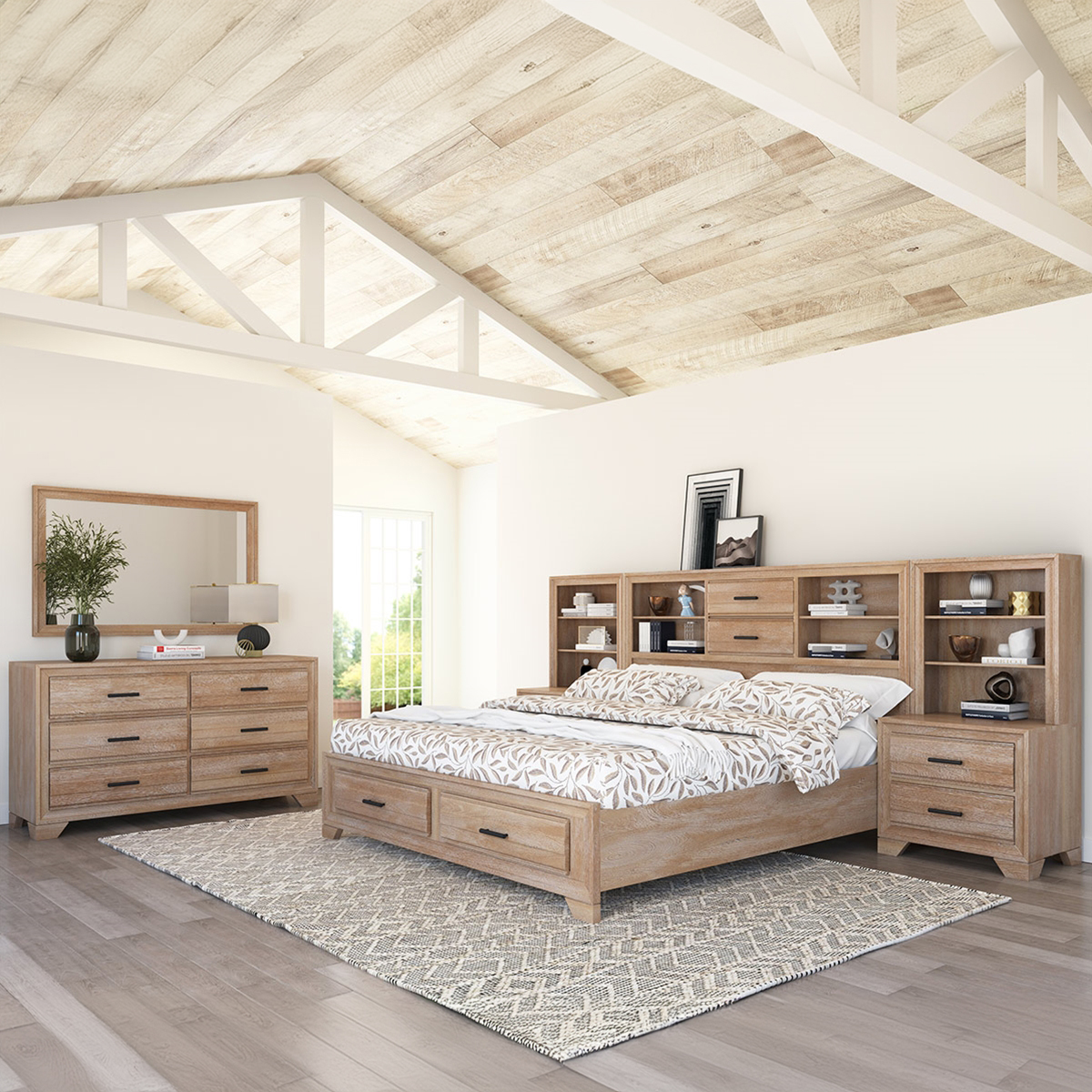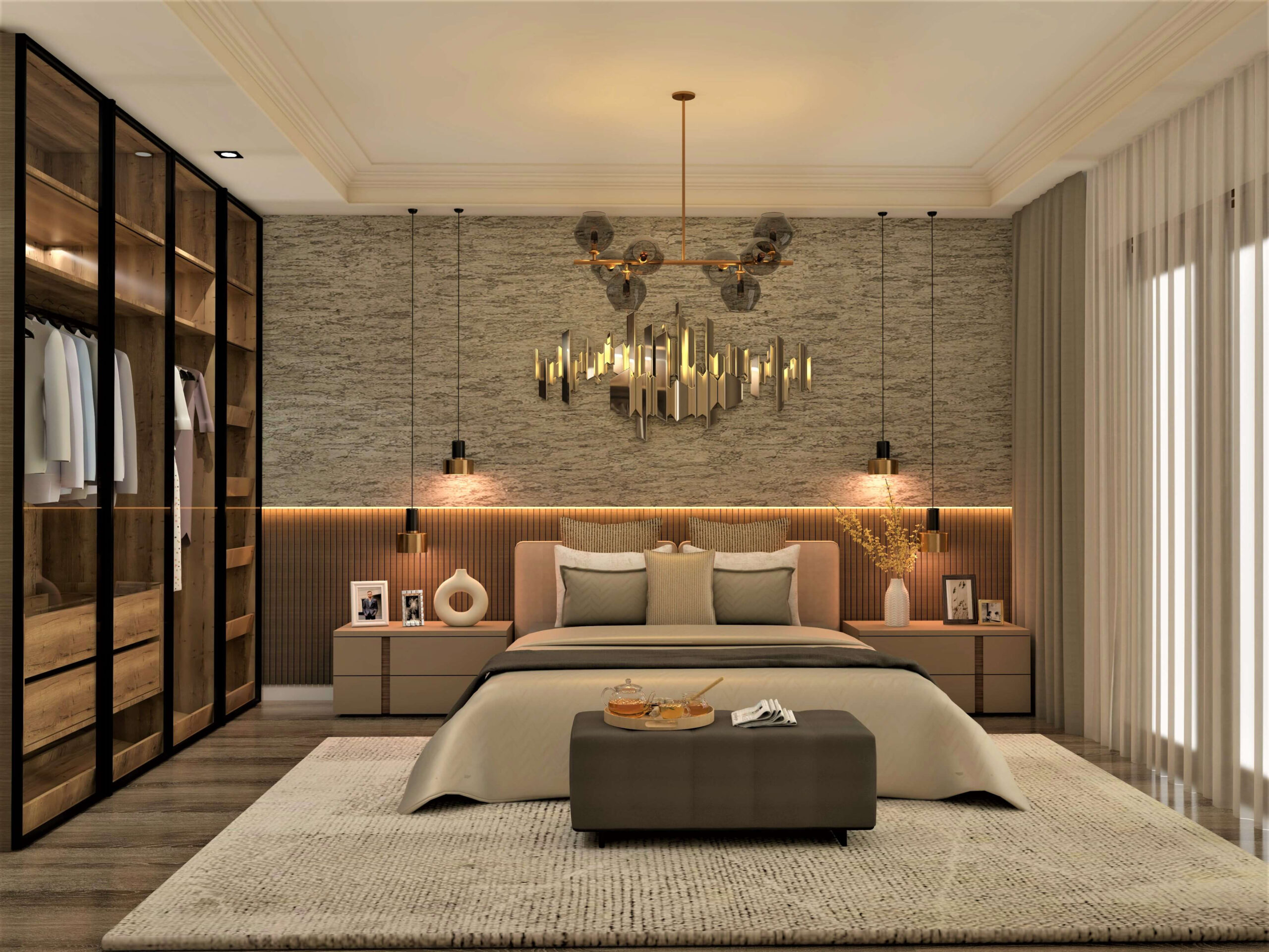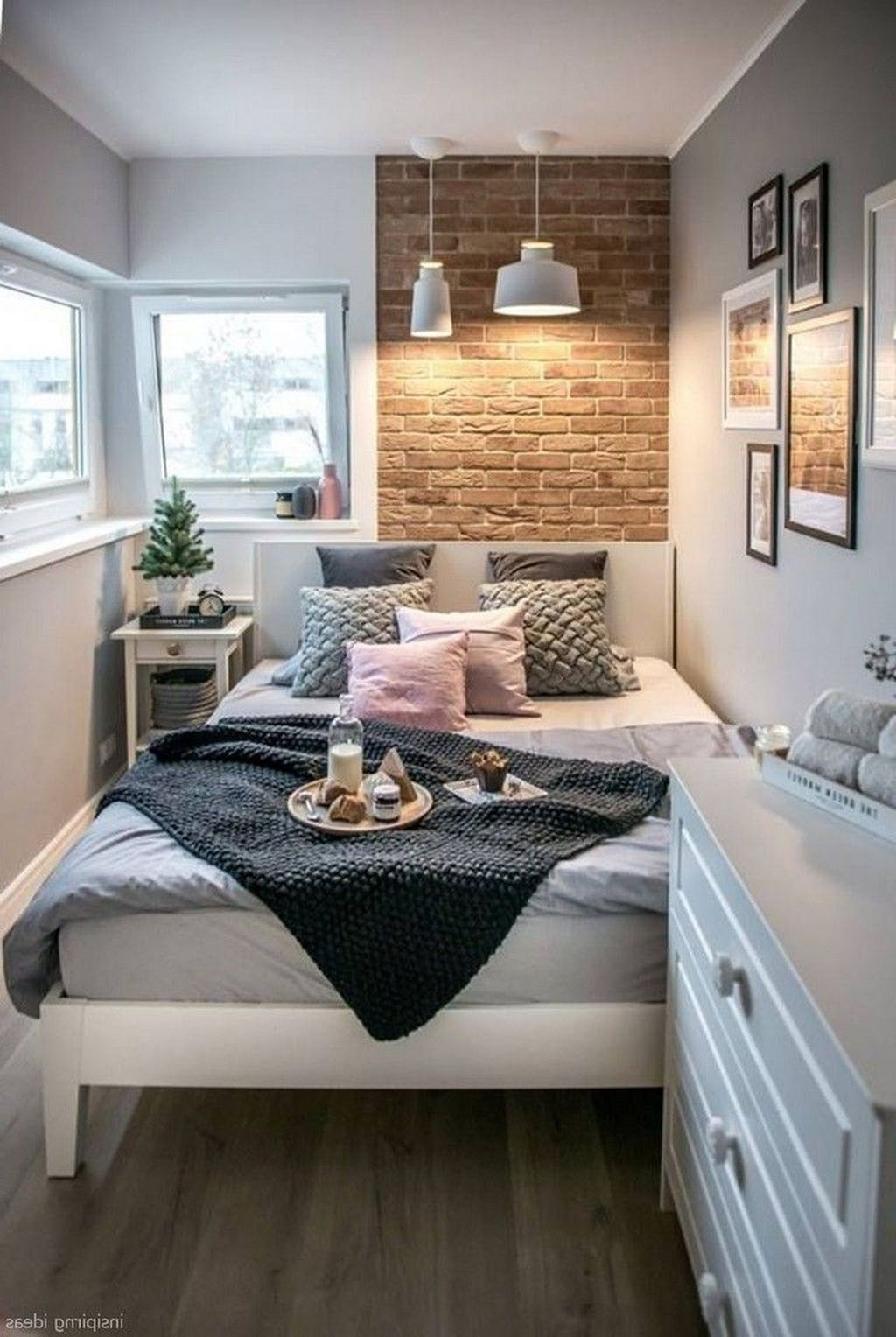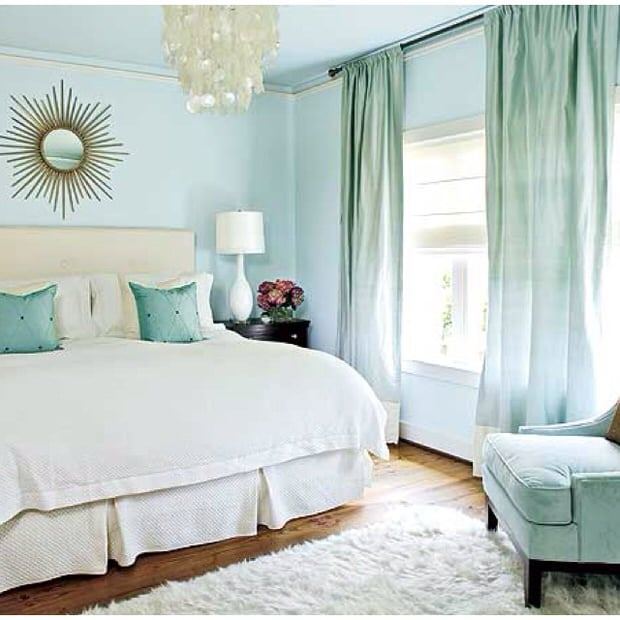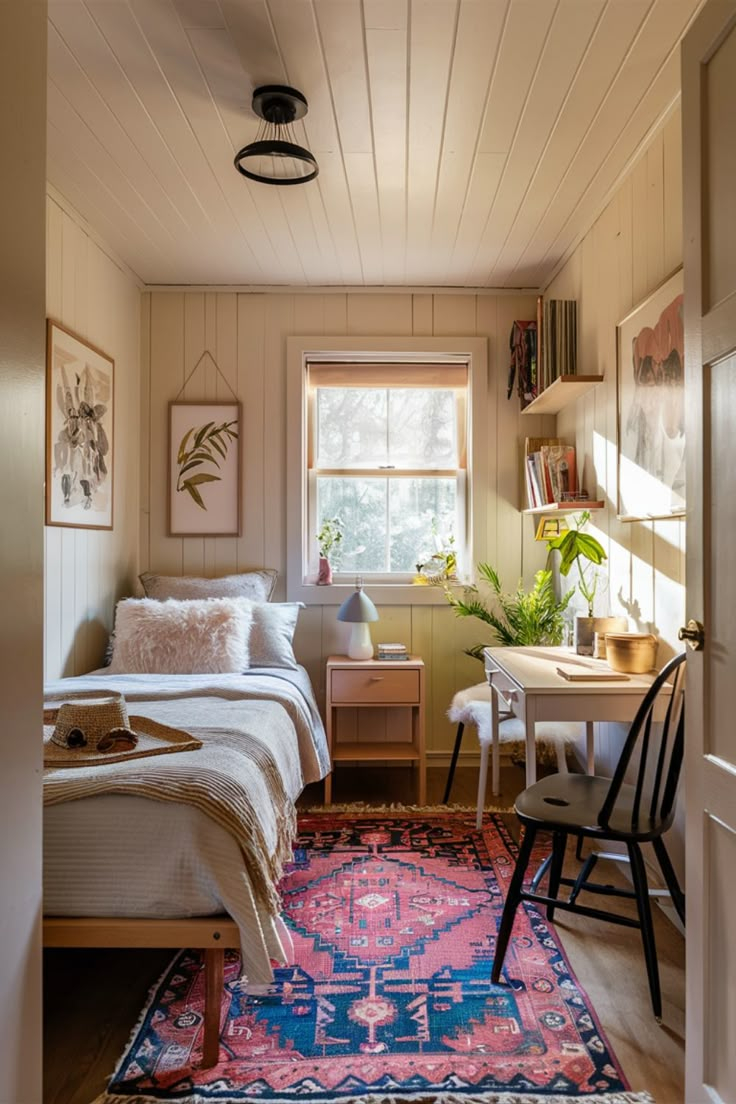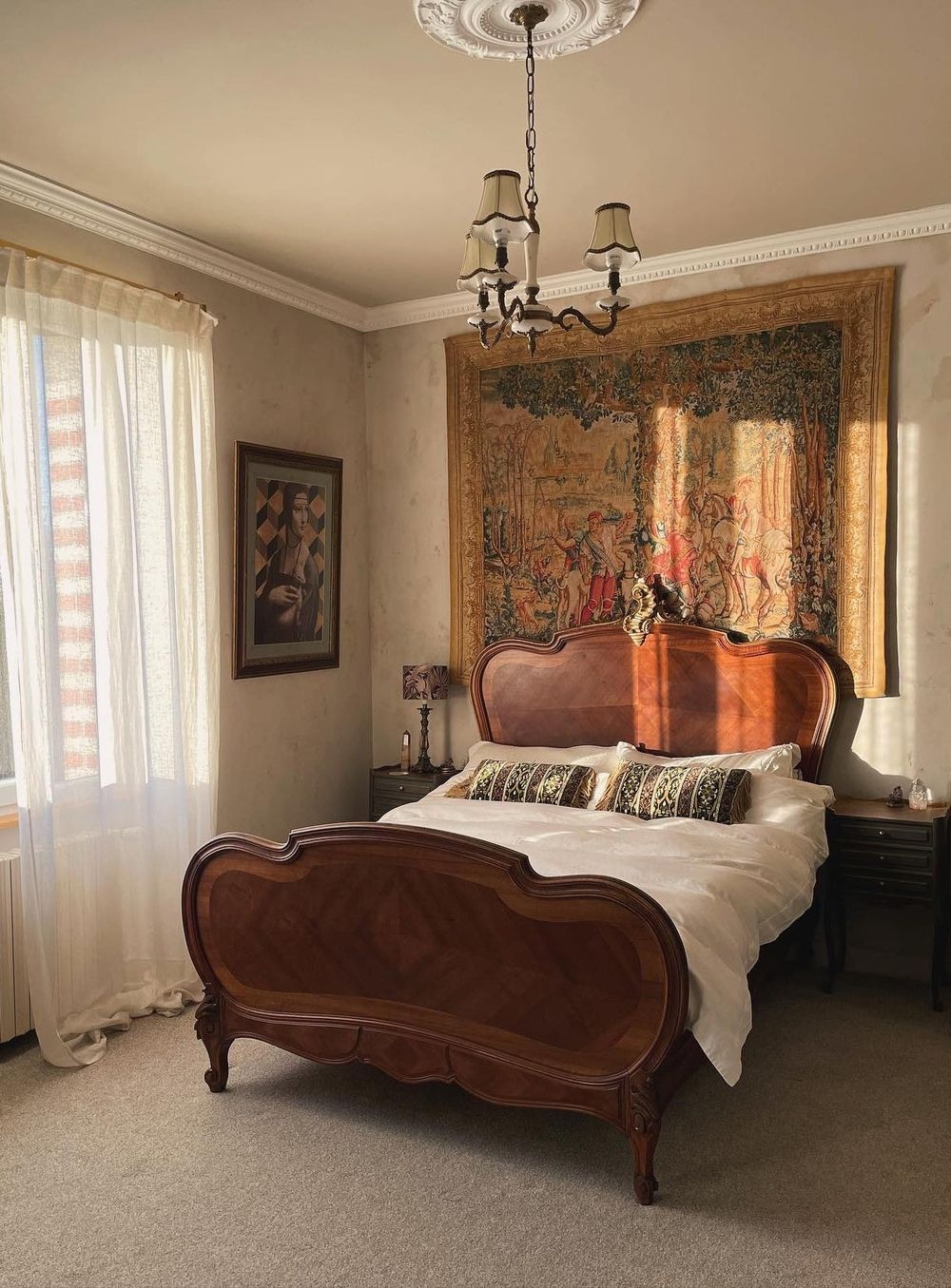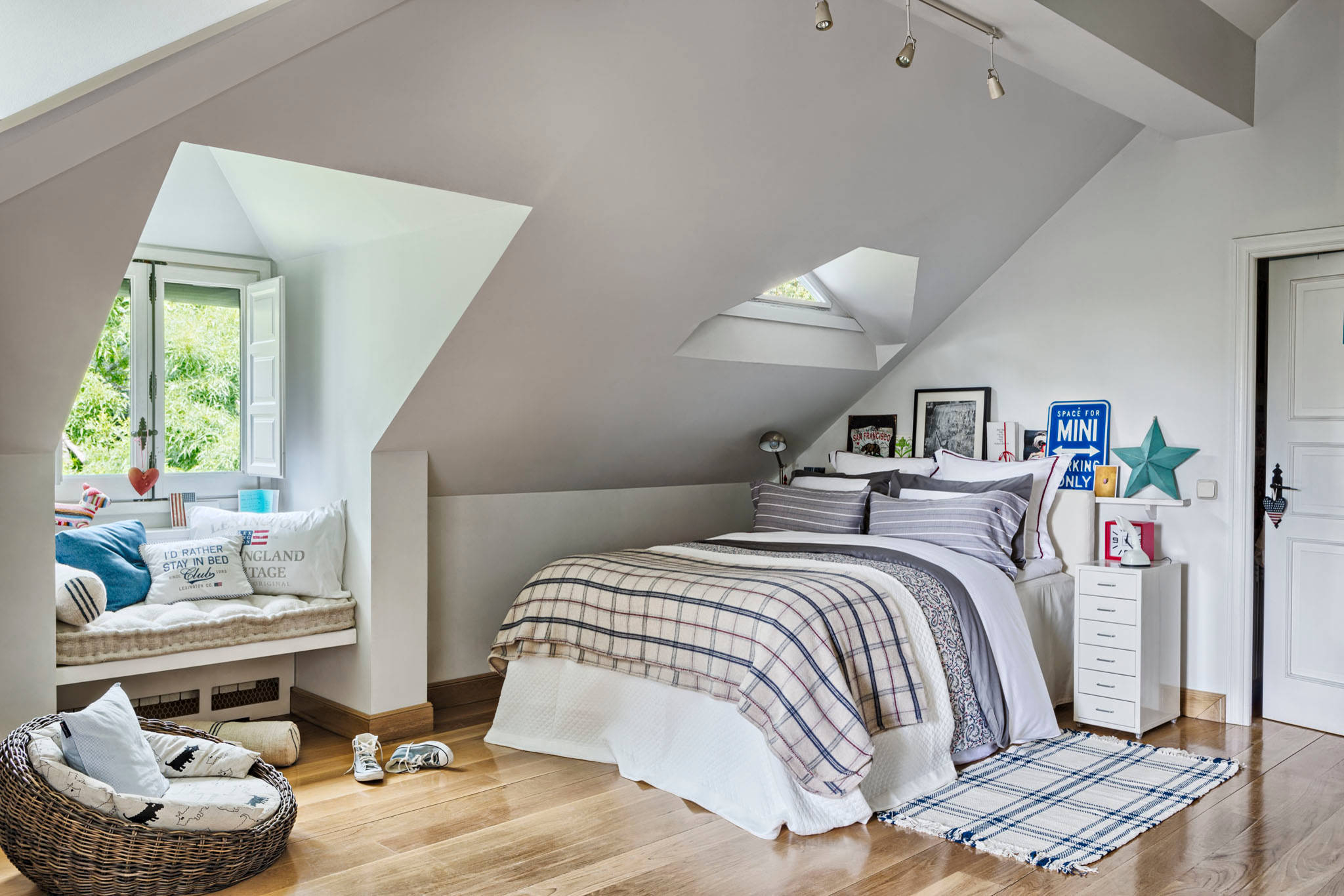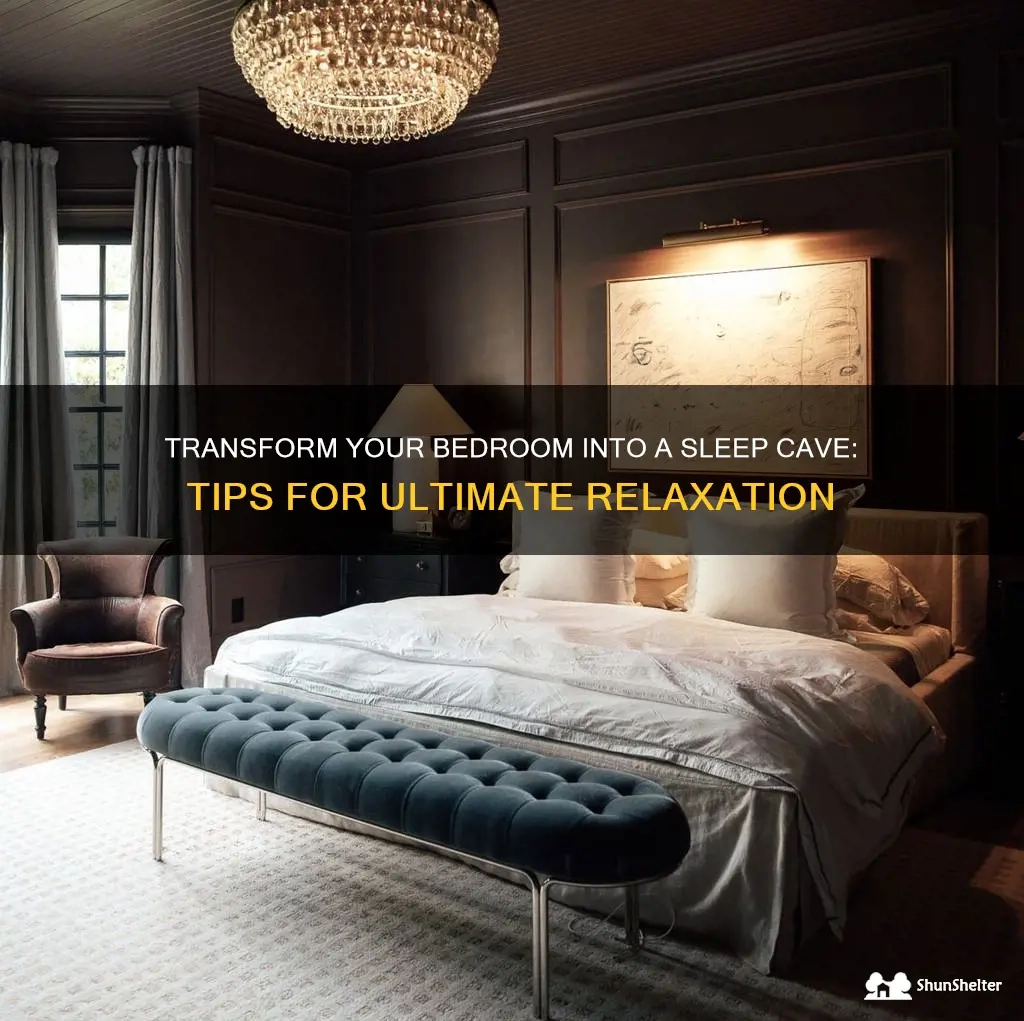Ever walk into a room and just feel… better? A sense of calm washes over you, a quiet invitation to simply be. That’s the magic of thoughtful design, especially in our most personal spaces. Our bedrooms, in particular, should be sanctuaries, places where we can truly unwind and recharge. But how do we achieve that deep sense of peace? It often comes down to embracing the art of natural bedroom design – a philosophy that taps into the soothing power of nature itself to create a more serene and restorative environment for you.
Think about your bedroom. Is it a place of rest and rejuvenation, or does it feel a little chaotic, a bit too stimulating? We spend a significant portion of our lives sleeping, and the environment we create for that rest has a profound impact on our overall well-being. The good news is, you don’t need a massive renovation or expensive designer to transform your sleep space into a haven of tranquility. The secret often lies in harnessing the simple, yet powerful, principles of natural design. It’s about bringing the outside in, and creating a space that feels inherently peaceful and grounding. Ready to cultivate a calmer you? Let’s dive in.
The Palette of Peace: Embracing Earthy Hues
Color plays a massive role in how we feel, and in the bedroom, softer, nature-inspired shades are your best friends. Think about the colors you see when you’re out in nature – the gentle greens of leaves, the warm browns of soil, the soft blues of a clear sky, and the creamy whites of clouds or sand. These hues have a naturally calming effect. Using these colors on your walls, in your bedding, or even in your accent pieces can create a serene backdrop for rest. For instance, a muted sage green can bring a sense of groundedness, while a soft, dusty blue might evoke feelings of peace and spaciousness. Even warm neutrals, like beige or a soft taupe, can create a cozy and inviting atmosphere. It’s about choosing colors that don’t demand attention but rather invite relaxation. Avoid overly bright or jarring colors; they can stimulate the brain when you’re trying to wind down. Instead, opt for a sophisticated and soothing palette that whispers tranquility.
Nature’s Textures: Bringing the Outdoors In
Beyond color, texture is key to creating a tactilely pleasing and natural-feeling space. Imagine the smooth coolness of a river stone, the rough comfort of a wool blanket, or the delicate feel of a cotton sheet. Incorporating a variety of natural textures can add depth and warmth to your bedroom without overwhelming it. Think about materials like:
- Wood: Whether it’s a solid wood bed frame, a wooden nightstand, or even decorative wooden accents, wood brings an organic warmth and a connection to nature. Its natural grain patterns are also visually interesting.
- Cotton and Linen: These breathable fabrics are perfect for bedding and curtains. They have a natural, slightly imperfect beauty that feels more relaxed and inviting than synthetic materials.
- Wool and Jute: Consider a wool rug underfoot for added coziness, or a jute rug for a more rustic, natural vibe. These textures add a layer of comfort and visual interest.
- Stone and Ceramics: Small decorative elements like ceramic vases or even a small stone accent can add a touch of natural artistry.
The key here is to layer these textures. Mix smooth with rough, soft with firm, to create a rich sensory experience that feels both inviting and calming.
The Gentle Embrace of Natural Light
Maximizing natural light is a cornerstone of natural bedroom design. Sunlight, when managed correctly, can significantly enhance your mood and energy levels. During the day, allow as much natural light to filter into your room as possible. Sheer curtains or light-filtering blinds are excellent for this, offering privacy while still letting in a soft glow. They prevent harsh glare and create a more diffused, gentle illumination. In the evening, however, it’s crucial to transition to softer, warmer artificial lighting. Think lamps with fabric shades that cast a warm, ambient light, rather than harsh overhead fluorescents. Dimmer switches are also a fantastic investment, allowing you to control the intensity of light and create a more relaxing atmosphere as bedtime approaches. The goal is a seamless flow from bright, energizing daylight to soft, sleep-inducing evening light.
Bringing in the Greenery: The Power of Plants
Plants are nature’s air purifiers and mood boosters, and they can work wonders in a bedroom. Introducing a few well-chosen houseplants can instantly make your space feel more alive, fresh, and serene. Not only do they add a beautiful splash of natural color and texture, but many plants also help to improve air quality by filtering out common toxins. Consider plants that are known for their air-purifying qualities and are also low-maintenance, such as:
- Snake Plant: Extremely hardy and excellent at removing formaldehyde and benzene.
- Peace Lily: Beautiful flowers and effective at removing airborne toxins.
- Spider Plant: Easy to care for and known for its air-cleaning abilities.
Even a small potted plant on your nightstand or a trailing vine on a shelf can make a significant difference. Just be mindful not to overcrowd the space; a few well-placed plants are more impactful than a jungle. Ensure they get the right amount of light for their needs and enjoy the natural vitality they bring.
Decluttering for Serenity: Less is More
Natural design is also about simplicity and order. Clutter is a major source of stress, and a cluttered bedroom can make it difficult to relax and sleep. Embracing a more minimalist approach, or at least a highly organized one, is essential for creating a truly calm space. This means:
- Clearing surfaces: Keep your nightstands and dressers as clear as possible. Store items away in drawers or decorative boxes.
- Mindful storage: Invest in smart storage solutions that keep things tidy and out of sight. Think under-bed storage, stylish baskets, or closet organizers.
- Regular purging: Make it a habit to regularly go through your belongings and get rid of anything you no longer need or love. Less stuff means less visual noise and more mental space.
A clean, organized room allows your mind to settle. When your surroundings are calm, your inner state is more likely to follow. It’s about creating an environment where your eyes can rest, and your thoughts can drift peacefully.
The Sensory Experience: Sound and Scent
Beyond the visual, engaging other senses can deepen the natural, calming effect of your bedroom.
Sound: Consider incorporating elements that promote gentle soundscapes. Soft, natural sounds like a small tabletop water feature, or even a white noise machine that mimics natural sounds like rain or ocean waves, can mask disruptive noises and create a peaceful auditory environment.
Scent: Natural scents can also be incredibly soothing. Opt for essential oils known for their relaxing properties, such as lavender, chamomile, or sandalwood. Use them in a diffuser, a few drops on your pillowcase, or in a linen spray. Avoid artificial air fresheners, which can be overwhelming and contain harsh chemicals. The goal is to create a subtle, pleasant aroma that signals relaxation to your brain. A clean, fresh scent, perhaps with a hint of lavender, can be incredibly conducive to sleep.
Creating a natural bedroom design isn’t about adhering to rigid rules; it’s about listening to your own needs and bringing elements of the natural world into your personal space. By focusing on soothing color palettes, comforting textures, abundant natural light, calming greenery, organized spaces, and gentle sensory experiences, you can transform your bedroom into a true sanctuary. It’s a journey of creating a place where you can truly disconnect from the day’s stresses and reconnect with yourself. Start small, perhaps with a new plant or a change in your bedding, and gradually build a space that nurtures your well-being. Your calmer, more rested self will thank you for it. Isn’t it time you designed a bedroom that truly supports your peace?

